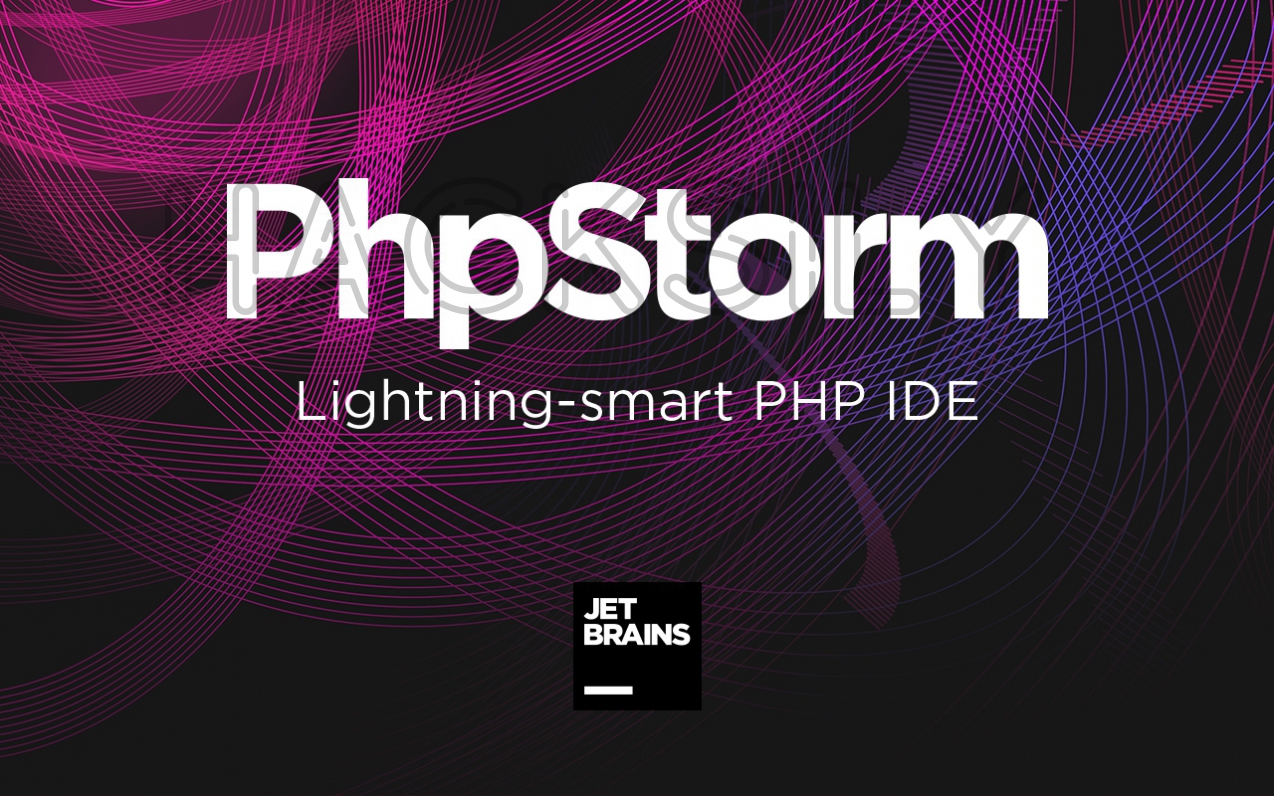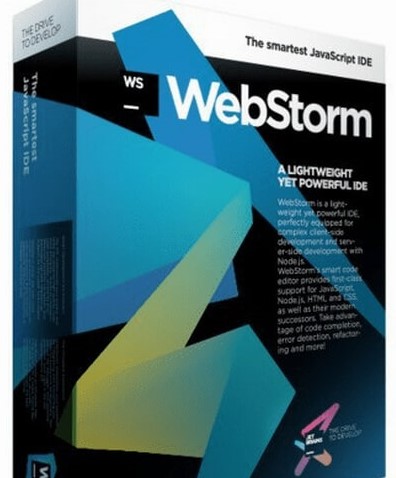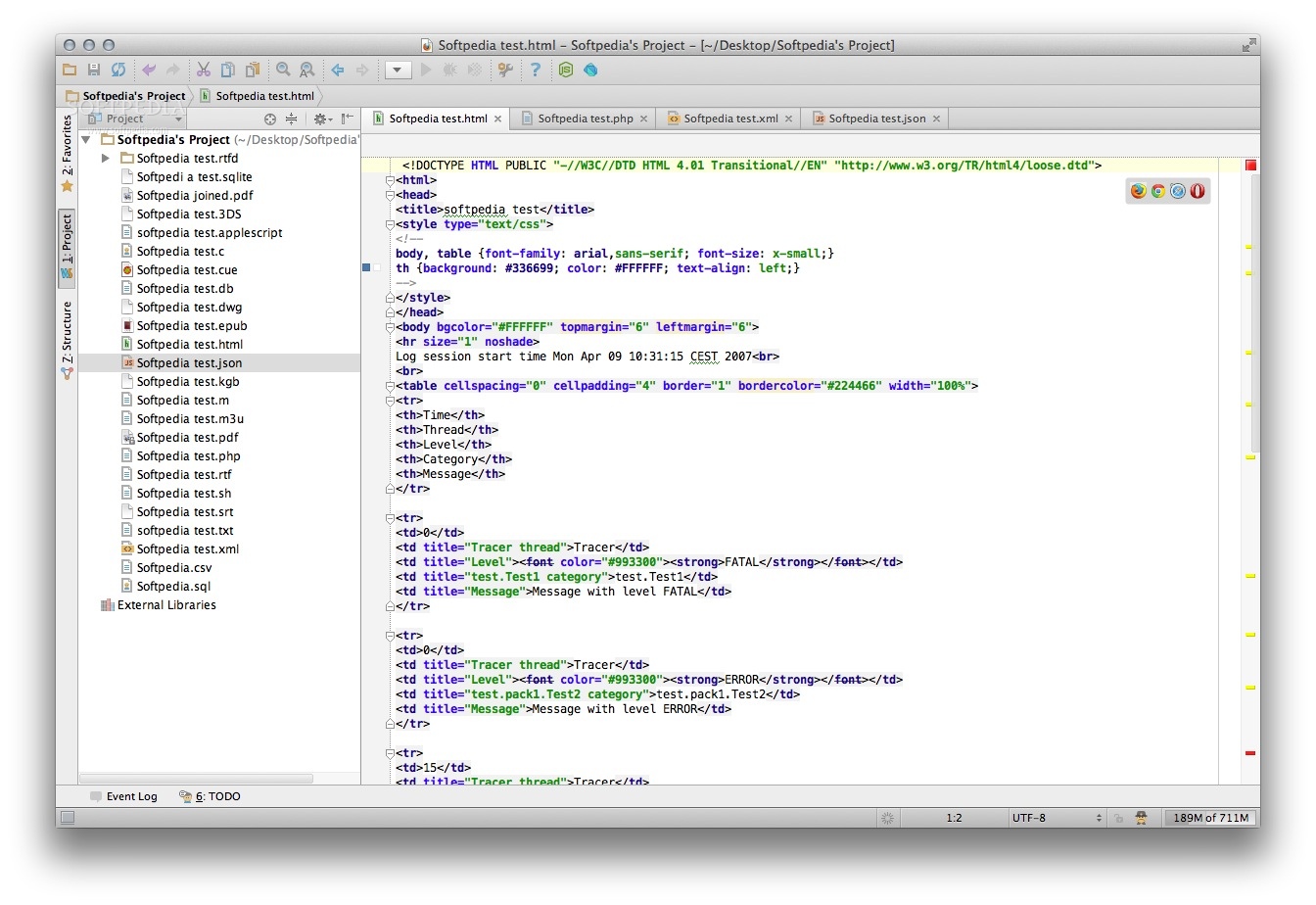

It is run as a server process, and therefore has no visible user interface - it’s headless. This is a compatible JetBrains IDE running on the server. Requirements: macOS, Linux, Windows IDE Backend However, there are no restrictions for clients specifications. This is a physical machine used by you to connect to the server and provide a thin client for working. Requirements: Linux (macOS and Windows are coming later) Client This is a physical or virtual machine to host the source code and run the headless WebStorm. To better understand bits and pieces of this architecture, you need to get familiar with the following definitions: Server The thin client, for example, a laptop, connects to the host and transparently provides full access to all IDE features. The remote host is a physical (Linux) or virtual machine hosting the source code and running a headless WebStorm instance.

We’ve improved support for components in the Nuxt projects ( WEB-46418).The IDE Tailwind support now works in projects that use Yarn PnP ( WEB-48226) as well as in the projects located in the WSL file system ( WEB-48428).Completion for Tailwind class names now works in the HTML code inside JavaScript template literals ( WEB-48257).For Tailwind, we’ve added support for more use cases:.Here are the most notable fixes available in v2020.3.1: Please note that the previously installed WebStorm version running via Rosetta 2 will not update itself to a native build – you have to install a new native version. To use it, you need to download a separate installer for WebStorm for Apple Silicon on our website or in the Toolbox App (under the Apple M1 section). WebStorm now runs natively on Apple Silicon and it’s very fast! We hope you’ll like it. Today we are also releasing WebStorm for Macs with the new Apple M1 chip.

You can also download WebStorm 2020.3.1 from our website. You can update to it using the Toolbox App or right from the IDE. Today we are releasing WebStorm 2020.3.1, the first bug-fix update for WebStorm 2020.3.


 0 kommentar(er)
0 kommentar(er)
